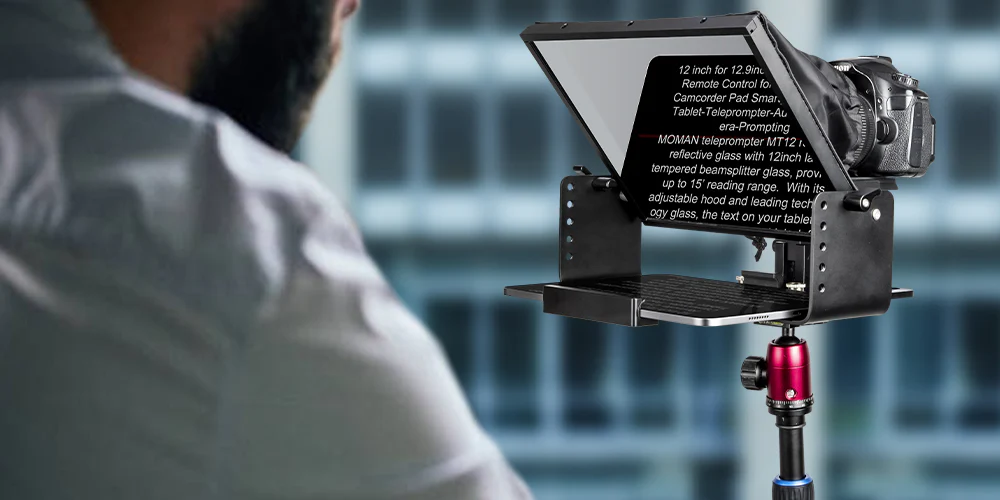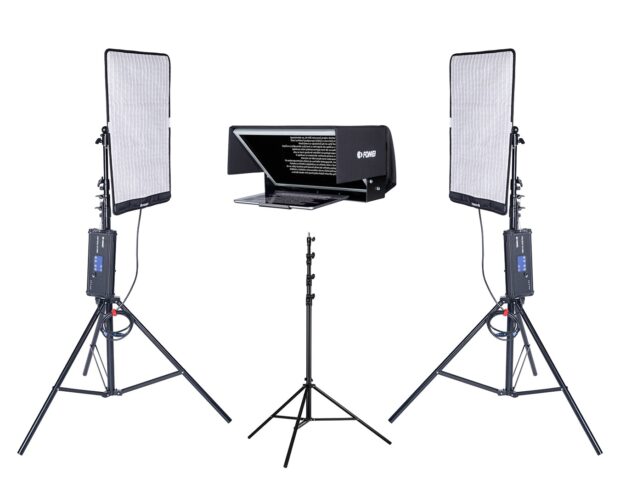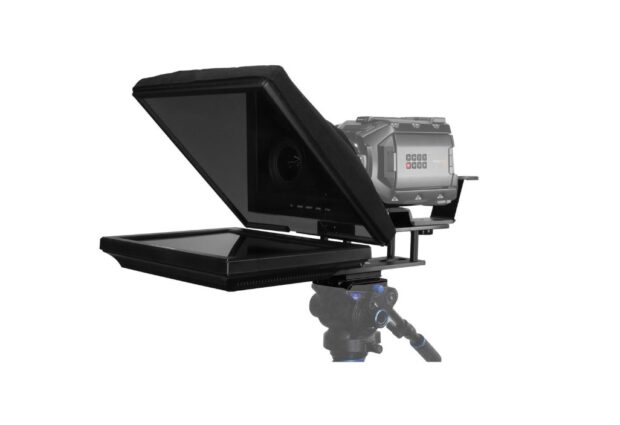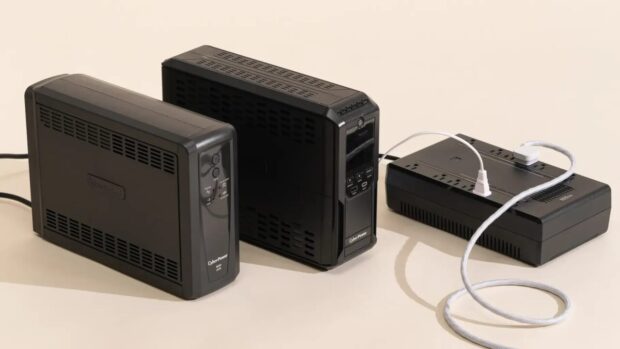Clear communication is key during large-scale presentations. Whether it’s a corporate conference or a global summit, speakers need reliable gear that supports their delivery and the audience’s experience. Modern devices designed to assist speakers help them stay on script while maintaining natural eye contact.
These tools improve confidence, making speeches more engaging and seamless. From capturing crisp visuals to delivering flawless sound, each component plays a role in creating a polished performance.
Here are some equipment and tools that can improve live broadcasts:
Professional Cameras for High-Quality Footage
Capturing clear visuals is essential for any large-scale presentation. High-definition cameras with advanced sensors provide sharp images, ensuring every detail is visible. Using multiple angles allows operators to switch between wide shots and close-ups, adding depth to the broadcast.
Portable models are ideal for capturing dynamic moments, while fixed setups maintain consistency during speeches. Cameras with fast autofocus and low-light capabilities also help maintain clarity in different environments.
Teleprompters for Speaker Confidence
Staying on script without breaking eye contact is crucial for engaging an audience. A teleprompter displays text directly in front of the speaker, allowing them to read while appearing to look directly at the audience. Systems designed for larger venues provide clear, adjustable displays, ensuring visibility from a distance.
Many online platforms offer customizable features for various setups, helping speakers deliver smooth presentations.
When considering advanced setups, many people ask, how does a presidential teleprompter work? This device uses reflective glass placed in front of the lens, displaying text while remaining invisible to the audience, allowing speakers to appear confident and natural.

High-Quality Microphones for Clear Audio
Clear sound is just as important as sharp visuals. Wireless lapel microphones allow speakers to move freely without compromising audio clarity. Handheld options are versatile for speech and audience interactions, while shotgun microphones capture focused sound from a distance.
Directional designs minimize background noise, ensuring only the speaker’s voice is heard. Choosing devices with wide frequency ranges and noise-canceling features improves sound clarity in different environments, ensuring every word is clear.
Audio Mixers to Balance Sound Levels
Mixers are essential for combining audio from multiple sources, including microphones, instruments, and background music. They help adjust volume levels, balance frequencies, and eliminate unwanted noise. Compact digital mixers with touchscreen controls make adjustments quick and intuitive.
Features like equalizers and compressors maintain consistent sound levels, preventing sudden volume changes. Using a dedicated audio technician ensures real-time adjustments, keeping the sound balanced throughout the event.
Lighting Equipment for Professional Visuals
Proper illumination highlights speakers and enhances the visual appeal of the presentation. LED panels with adjustable brightness and color temperature provide even lighting that flatters skin tones and reduces shadows. Spotlights focus attention on key individuals, while fill lights soften harsh contrasts.
Lightweight, portable models are easy to position, making setup quick and efficient. Using dimmable options allows for adjustments based on the venue’s ambiance, ensuring speakers remain visible without overpowering the stage.

Reliable Streaming Hardware for Live Feeds
Stable hardware is crucial for delivering smooth, uninterrupted broadcasts. Devices that support high-definition and 4K streaming provide sharp visuals without lag. Hardware encoders convert footage into digital formats, ensuring compatibility with streaming platforms.
Portable units are ideal for remote setups, while rack-mounted models suit fixed installations. Look for systems with built-in fail-safes to prevent disruptions if the main connection drops. Using equipment that integrates with popular platforms simplifies setup and reduces technical issues.
Production Switchers for Seamless Transitions
Switchers allow operators to switch between camera angles, add graphics, and apply effects in real-time. Compact units are perfect for smaller setups, while advanced models offer multiple input channels for large productions.
Features like picture-in-picture and split-screen displays add visual variety, making the presentation more engaging. Hardware with programmable shortcuts allows for quick transitions, reducing the risk of delays. Touchscreen interfaces and customizable layouts improve workflow efficiency, helping teams stay focused during live broadcasts.
Portable Monitors for Real-Time Feedback
Monitors help presenters stay aligned with the production flow by displaying live feeds, presentation slides, and speaker notes. Lightweight, high-resolution screens offer clear visuals, even from a distance. Portable models with adjustable stands are easy to position, ensuring optimal viewing angles.
Touchscreen options allow presenters to interact with content, enhancing engagement. Monitors with built-in audio help speakers stay aware of their tone and pacing, improving overall performance.

Stable Internet Connections for Uninterrupted Streaming
A dedicated, high-speed internet connection prevents buffering and lag during broadcasts. Hardwired connections are more reliable than wireless options, especially in crowded venues. Backup solutions like bonded cellular networks provide additional security if the primary connection fails.
Using routers with advanced traffic management ensures bandwidth is prioritized for critical tasks, reducing the risk of interruptions. For remote locations, satellite connections offer a dependable alternative when traditional networks are unavailable.
Backup Power Supplies to Avoid Interruptions
Unexpected power outages can disrupt even the most well-planned presentations. Uninterruptible power supplies (UPS) provide temporary power, allowing equipment to continue running until the main supply is restored. Portable battery packs are perfect for outdoor setups, where access to power may be limited.
Using generators as a backup ensures long-term reliability, especially during extended events. Regular maintenance and testing of power systems help identify potential issues before they cause disruptions.

Wireless Communication Systems for Team Coordination
Clear communication between production crew members is essential during live broadcasts. Wireless headsets with noise-canceling features allow teams to coordinate without interference from background noise. Full-duplex systems support simultaneous speaking and listening, improving efficiency during fast-paced events.
Compact, lightweight designs ensure comfort during long broadcasts, while long-range capabilities maintain connectivity across large venues. Reliable communication systems help teams respond quickly to unexpected changes, ensuring smooth operations throughout the event.
Using the right equipment is essential for delivering smooth, engaging presentations at large-scale events. Cameras, audio systems, lighting, and teleprompters help speakers stay confident and connected with their audience. Reliable streaming hardware and internet connections keep broadcasts stable, while production switchers and monitors improve workflow efficiency.
Backup power supplies add an extra layer of security, preventing interruptions during critical moments. Investing in dependable solutions ensures a polished performance that leaves a lasting impression.
 Jewel Beat
Jewel Beat

